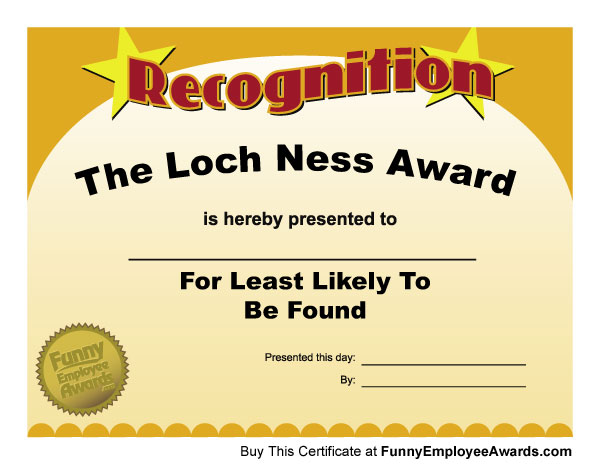Continuing last week’s post on my favorite engagement quotes, here are several more gems + suggestions on how you can apply them in staff meetings.
“… the most effective way to engage your employees is to treat them like valuable people with skills, not people with valuable skills.” – NBRI Employee Engagement Infographic
“Employees either benefit or burden every dimension of a company’s existence. The extent to which they deliver one or the other is primarily a function of company culture and leadership’s view of employees’ value to the company.” – Rajendra S. Sisodia, David B. Wolfe, Jagdish N. Sheth, Firms of Endearment.
“The way your employees feel is the way your customers will feel. And if your employees don’t feel valued, neither will your customers.” – Sybil F. Stershic, Taking Care of the People Who Matter Most: A Guide to Employee-Customer Care.
“Culture is about performance, and making people feel good about how they contribute to the whole.” – Tracy Streckenbach interview, Clear Goals Matter More than Mission, The New York Times.
“People want to know they matter and they want to be treated as people. That’s the new talent contract.” – Pamela Stroko in Tanveer Naseer’s blog post How Leaders are Creating Engagement in Today’s Workplaces.
“Employee engagement is the art and science of engaging people in authentic and recognized connections to strategy, roles, performance, organization, community, relationship, customers, development, energy, and happiness to leverage, sustain, and transform work into results.” – David Zinger, Let’s Co-Create an Employee Engagement Charter, The Employee Engagement Network.
Discuss amongst yourselves …
Here’s how you can use these and last week’s quotes to facilitate a dialog with employees. The following discussion ideas work best in organizations where management is concerned with and committed to employee engagement. However, DO NOT attempt if management is not open to improving employee engagement; such discussion can devolve into a “bitch & gripe” session leading employees to become frustrated, demoralized and even more disengaged.
- Ask people to share examples of their experiences as customers interacting with companies whose employees are engaged vs. disengaged. Then discuss ideas on how to strengthen employee-customer engagement in your organization.
- Employees choose a quote they find most meaningful and/or encourage them to create their own quotes. Based on the selected quotes, discuss ways to maximize engagement or minimize disengagement.
- Present this scenario: everyone has been granted a wish to become CEO of his/her ideal company. Which quote(s) would they use to guide them in managing the organization and why?
Your turn
I invite you to share your favorite quotes on employee engagement. I’d also love to hear how you use them to reinforce engagement in your organization.






